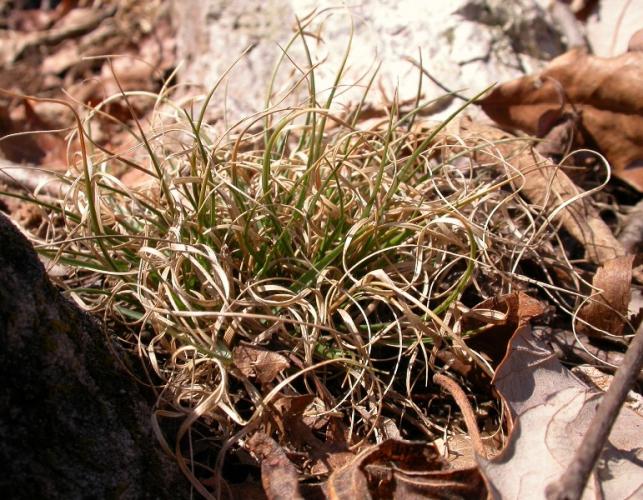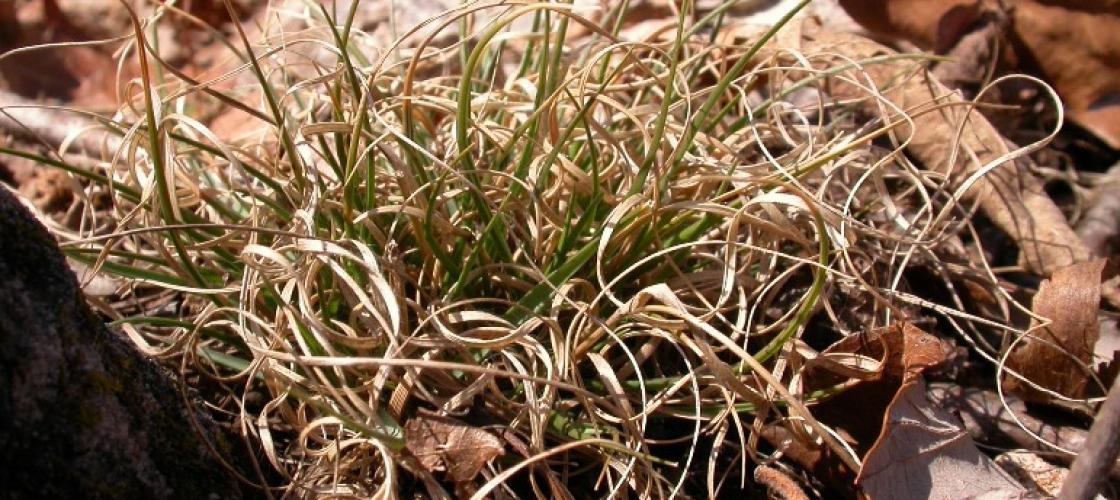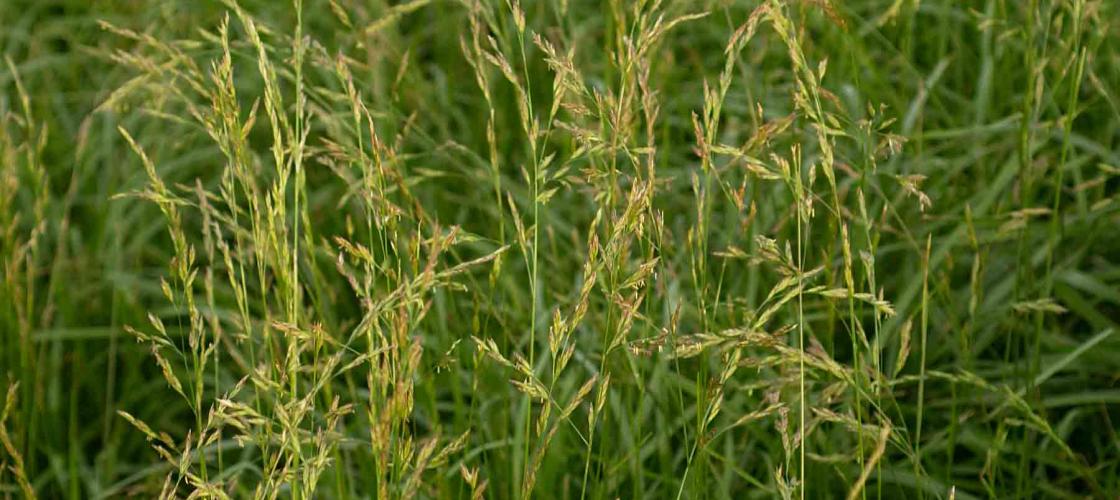Warmer temperatures and spring showers bring a plethora of green to our Missouri landscape. Look out your window. Grass is thriving!
For most of us there are only two kinds of grasses: those that need mowing and those that can wait. Several hundred species of grasses grow in the Midwest, and we can divide them into two groups: warm season and cool season.
Cool–season grasses grow best when the weather is cool. In the dry, hot weeks of mid-summer, their growth slows and they turn brown. Does that sound like your lawn? Most cool-season grasses like fescue and bluegrass are European imports that have been planted in yards and pastures.
Warm-season grasses don’t start growing until the soil temperatures hit 60 degrees. They thrive in the scorching weather of July and August.
So if the grass really is greener on the other side of your fence, you’re probably looking at warm-season grass, maybe even those of the American Prairie.
Nature’s Most Important Plant
- Grasses are by far the most economically important family of plants in the world. They are the “staff of life” for almost every human; rice, corn, wheat, barley, oats, and rye are all grasses. Sugarcane, sorghum, and corn are made into sweeteners.
- Grasses are the heart of grasslands, including Missouri’s tallgrass prairies.
- Grasses bind and protect soil, preventing erosion. The 1930s Dust Bowl occurred after grasses had been stripped from the land.
- Some species of grass are only a few inches high, while others, such as big bluestem, corn, and bamboo, reach 8 feet or more.
Find out more about grass in the MDC’s Field Guide.




Recent Posts
























